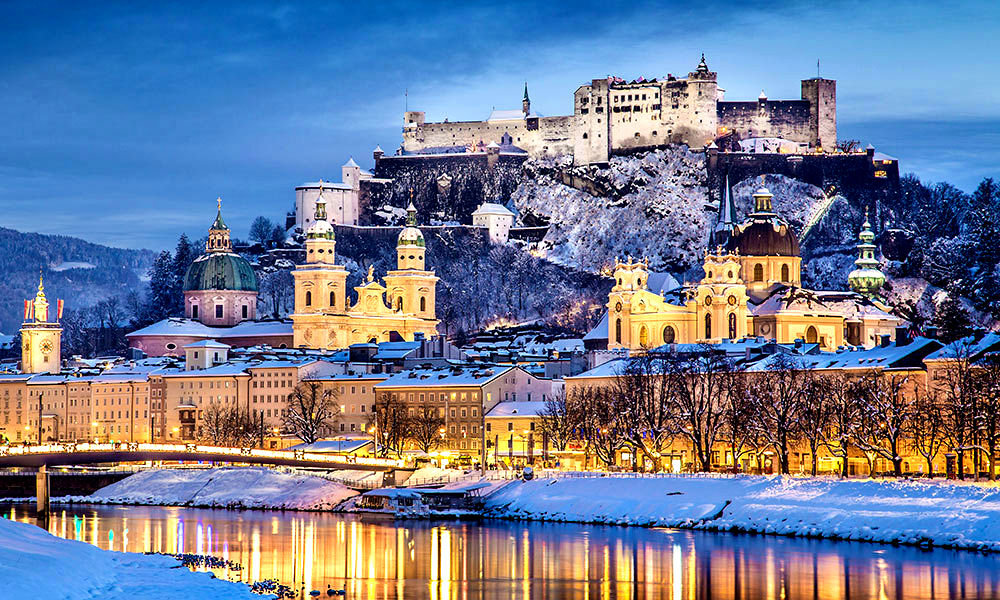Why do seven million guests from all over the world come to this corner of Austria annually? Everyone finds the answer to this question himself, but we have not yet had to meet people regretting a trip to Salzburg (that is the name of both the city itself and the federal land, whose capital it is).
History, culture, ethnography, gastronomy, sport, treatment, shopping … In whatever area your interests lay, Salzburg will satisfy them in full.
The capital of the region is an extremely atmospheric city, having got into which you feel like a traveler in time – the Salzburgers are so tremblingly trying to preserve the attributes of the 18th century. A visual example is the emblem of McDonald’s, which the owners of the franchise were obliged to perform in the style of the central street Getreidegasse:
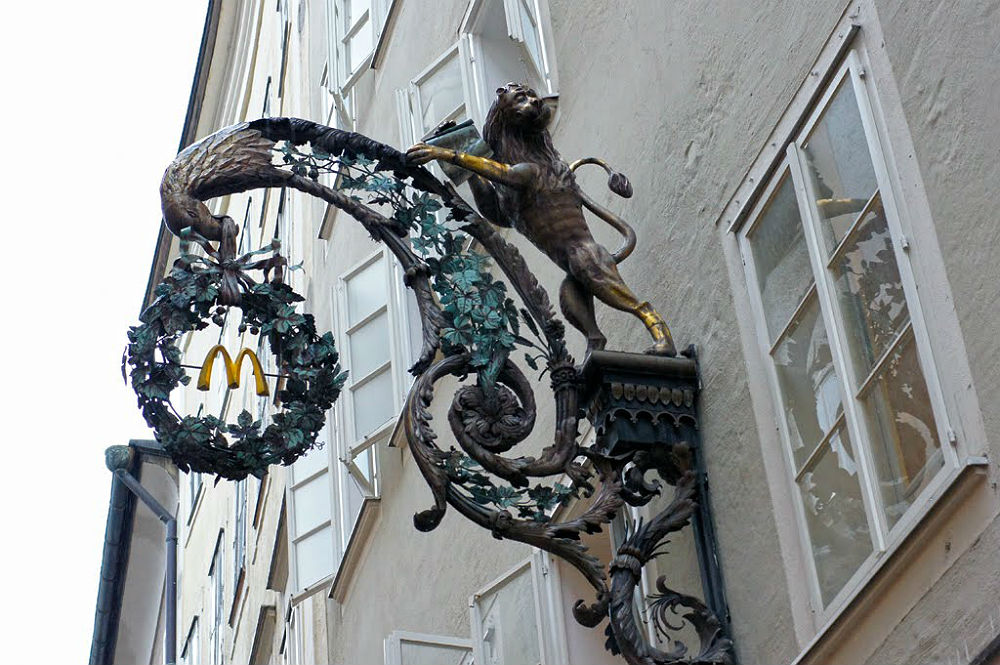
On the same street, the most visited house No. 9 in Salzburg is located, three floors of which are occupied by the Wolfgang Mozarta Museum:
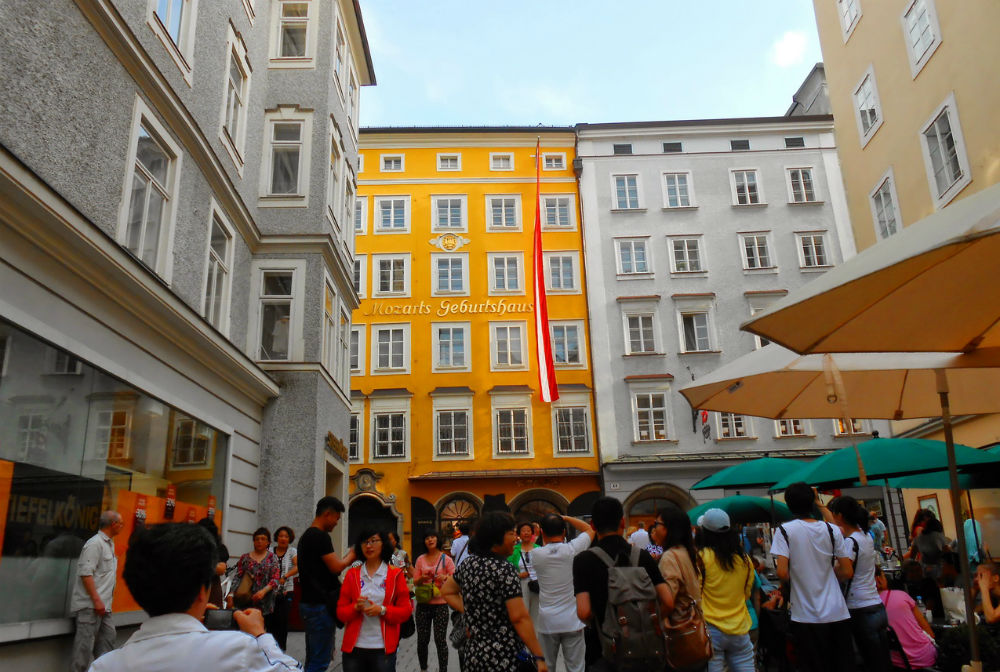
Only 150 thousand people live in the city, a good half of which is directly or indirectly involved in the tourist business. The main attractions are concentrated in the left -bank part, however, on the right bank of the Saltsa River, there is something to see and what to amaze.
We bring to your attention a video of an extraordinary excursion, during which the guide tells little -known facts from the biographies of Salzburg celebrities, as well as details about the sights known only to historians and art historians:
Part 1
https://www.youtube.com/watch?v=_cg9TBPTUY4
Part 2
https://www.youtube.com/watch?v=7ktczi1ftsg
Brief dossier
Salzburg is located in the north-west of Austria, 5 kilometers from the border with Germany. People have lived here since the Neolithic. In the middle of the 1st millennium BC. e. The region was settled by the Celts, then the ubiquitous Romans came here, who founded in 45 BC. e. Military settlement Yuvavum. In the 5th century n. e. The Roman legions retreated under the onslaught of warlike Germanic tribes, but after a century Bavarian Dukes Catholics defeated the vandals and put at the head of the region Bishop Rupert, who founded the male abbey of St. Peter and the Convent, Nonnberg, preserved to this day. By the way, posthumously reckoned to the face of the Saints Rupert became the patron of the region.
Officially, the name “Salzburg” was fixed only in 739 BC. e., as well as a unique form of state structure – a free clerical principality under the direction of archbishops. The end of independence was laid by Napoleon, who conquered these lands in 1803. Two years later, under the terms of the Presbourg world, the region became part of Austria-Hungary, from 1810 to 1816 it was part of Bavaria, after which it finally became Austrian.
Salt is the head of everything!
The aforementioned Celts were the first to discover here the rich deposits of salt, which at that time was worth its weight in gold: after all, before the invention of the refrigerator, it served as the most effective means of preserving perishable products. Therefore, it was the salt (German – Salz) that formed the basis of the names of the city (Salcburg – a salt lock) and the river on which it stands (Salcah – a salt stream).
By the way, if you wish, you can visit excursions in ancient salt mines located half an hour from Salzburg.
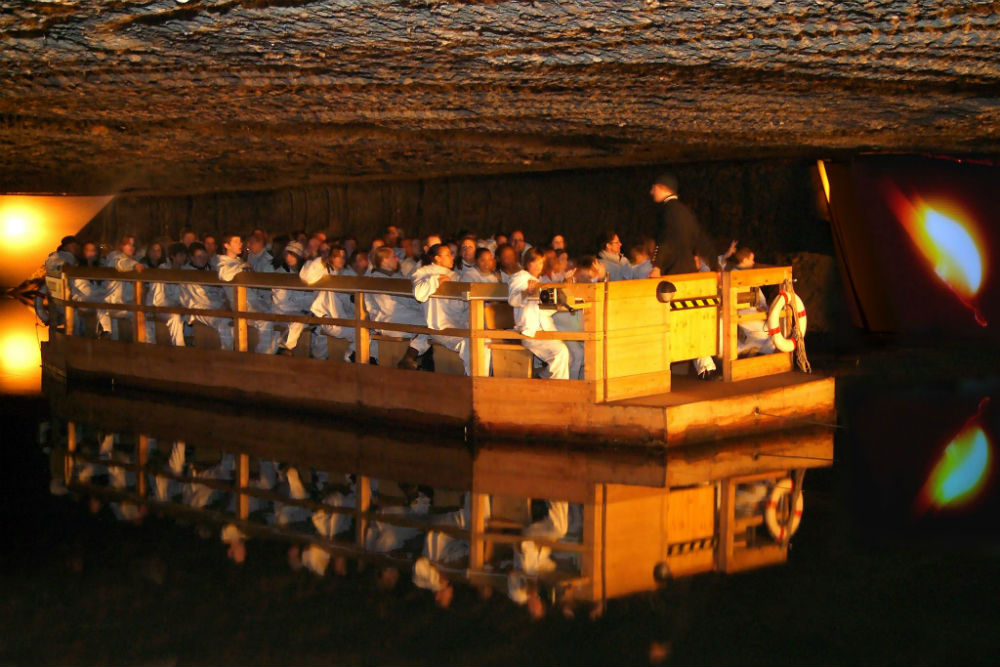
Well, when at the turn of the 13-14 centuries, deposits of gold and silver were discovered here, the region completely became one of the richest in medieval Europe.
Modern Salzburg is not only a point of attraction of tourists from around the world, but also a developed industrial city, in the vicinity of which numerous high -tech enterprises (automation, software, telecommunications, multimedia, etc.) are located. The only sector of the economy, preserved since the Middle Ages, is the production of beer and mineral water.
When to come, how to get, where to stop
Salzburg is good at any time of the year, so the dates of the trip are important only for those who want to combine excursions with skiing. The season in numerous ski resorts lasts from December to April.

The pleasure is not cheap, but in addition to the active rest, any of the listed resorts provides amazing views, the highest service, comfortable housing, pools, SPA and excellent food.
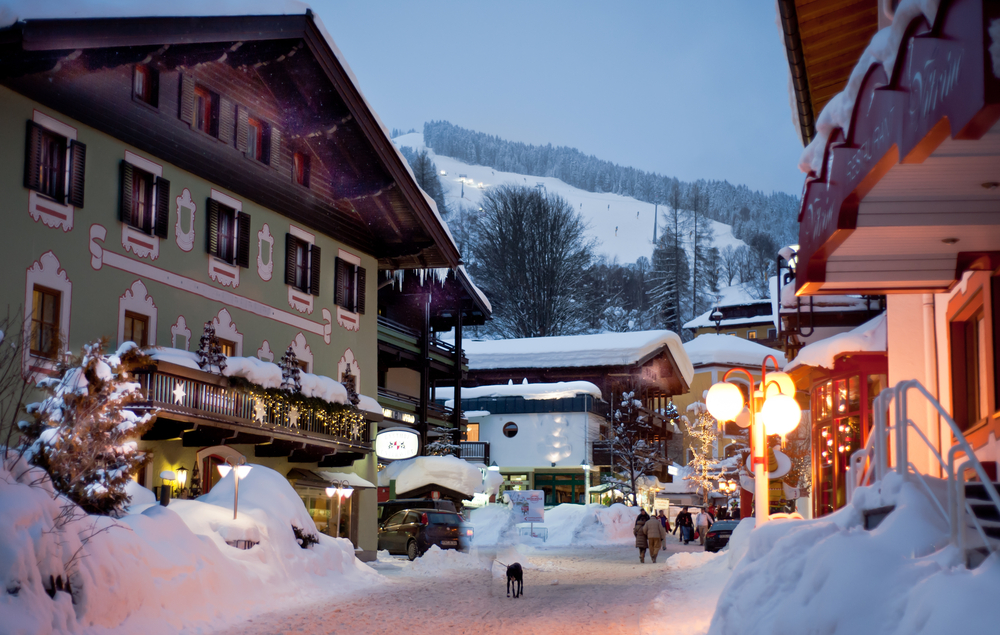
Most organized tourists arrive in Salzburg as part of excursions from nearby Munich (144 km) and Vienna (296 km),
As well as from more distant places – Budapest, Bratislava, Prague, etc. Of course, the longer the path, the less time remains to meet the city. Excursors manage to gallop to run around the right -bank garden of the world
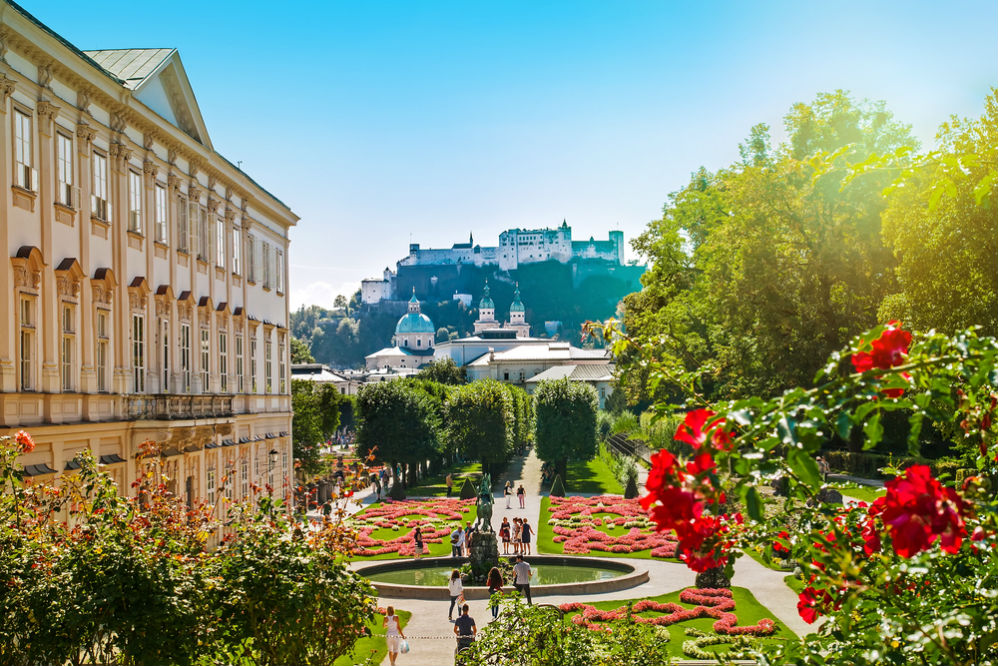
and the left -bank old city, on the go, swallowing the old “Stiegl” and buying the cult sweets “Original Salzburg Mozartkugel”, which are sold only in cafes and shops with the sign “Fürst”:
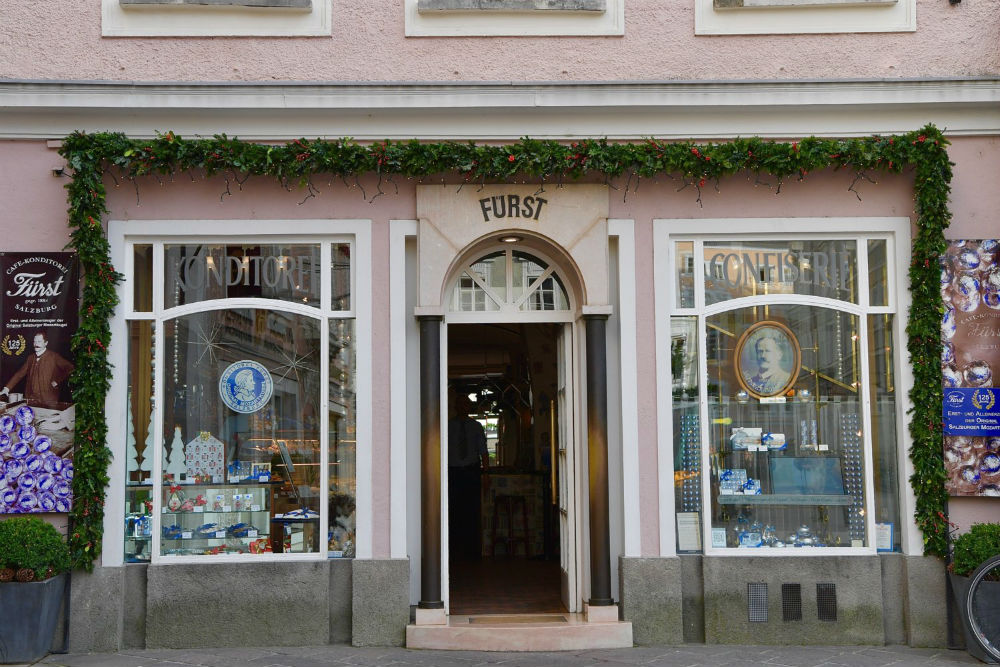
The brand was created in 1884 by local pastry shop Paul Fürst, who was awarded the original monument:
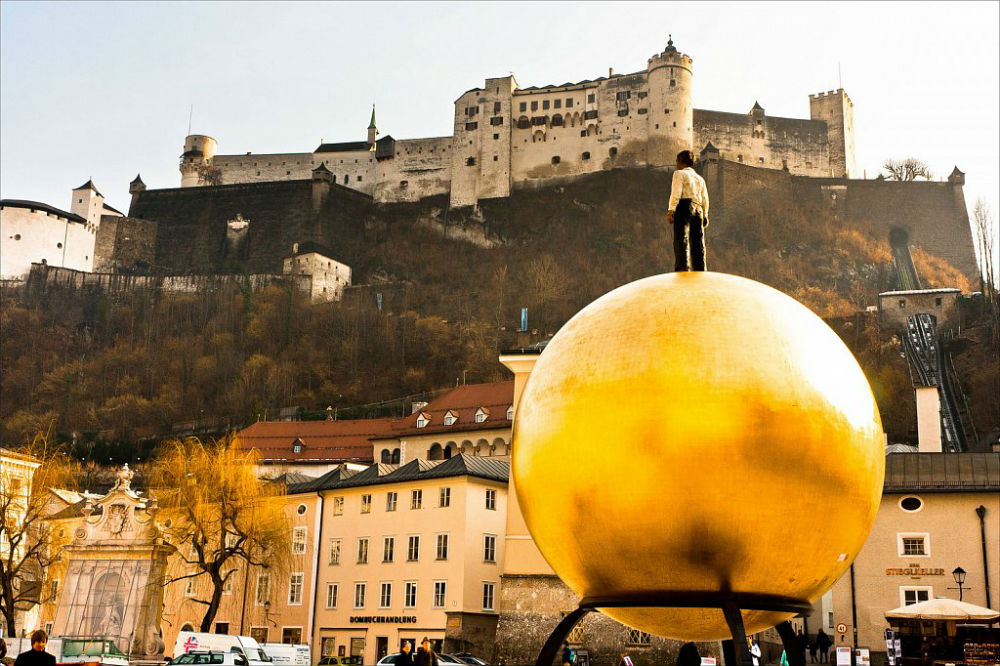
Fake monument to the creator of sweets
However, the sculptor (more precisely, the installer) played into the hands of the competitors of Furst, since the balls in Golden The wrapping is a unequivocal fake. The original Mozartkugel is wrapped in silver foil with a blue ornament:

Independent travelers can afford to spend two to three days in Salzburg-the optimal period for a leisurely inspection of all attractions. To get acquainted with incredibly cozy “gingerbread” towns of the earth, Salzburg will take at least a week, but it is worth it.
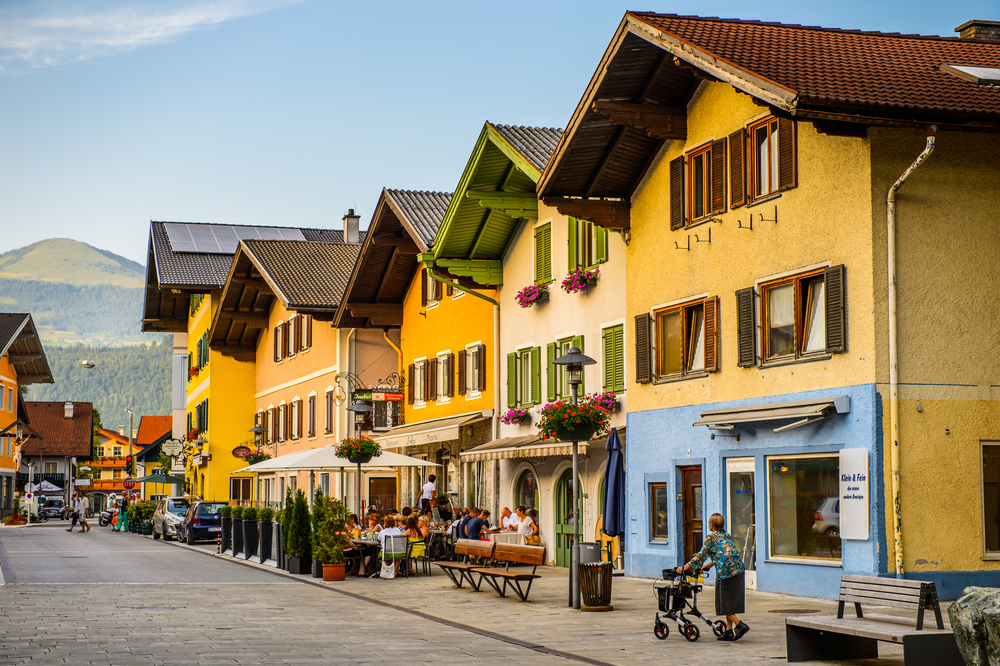
Gingerbread town Kyuhl
Tickets for the train “Munich Zalzburg” can be bought here; “Vienna Polzburg”-here. Bus tickets from Munich – here; From Vienna – here.
Hotels, as always, can be found here. When choosing, pay special attention to the rating.
Practical recommendations
The first successful purchase of guests arriving at Salzburg for 1-3 days will be Salzburg Card, which can save decently when traveling by public transport and visiting almost all museums.
24-hour card costs € 24/12 (adult/child 6-15 years old); 48-hour card-€ 32/16; 72-hour-€ 37/18.5. You can buy everywhere, starting with the railway And the bus station upon arrival, or online in advance. For children under 6 years of age, travel and visits are free.
Be sure to take waterproof clothes, shoes and umbrella on the road. The city located in the mountain gorge seems to attract the rains, fortunately, short -lived:
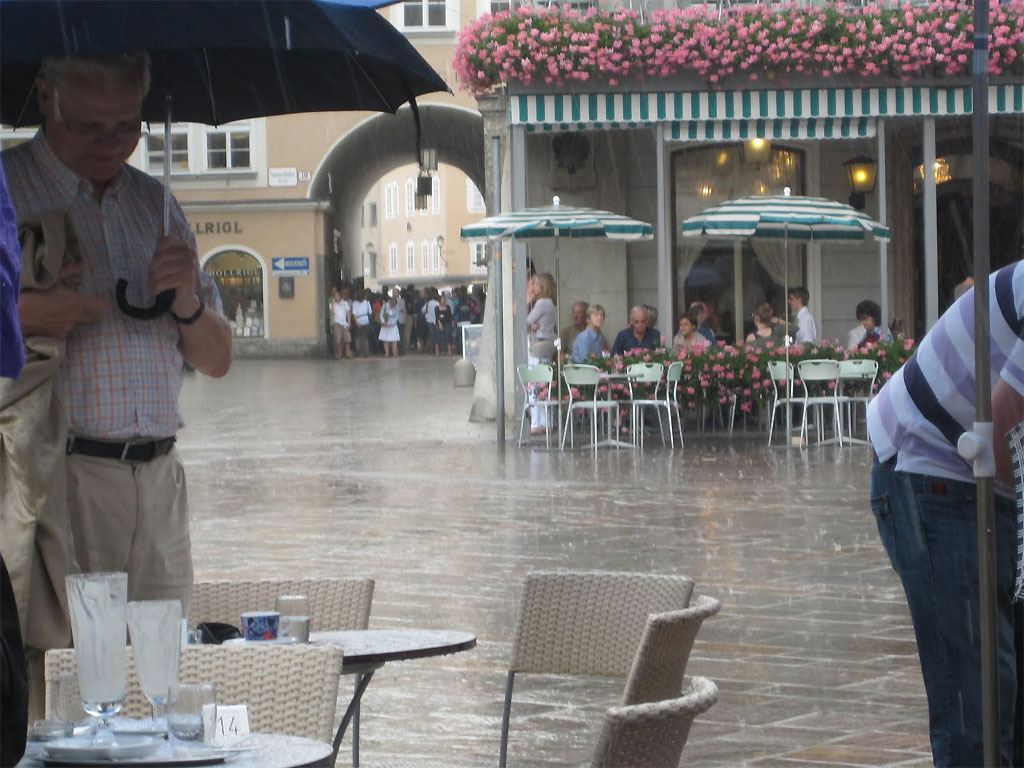
Beer lovers will really like the pub at Augustiner brewery, which is very popular with local residents:
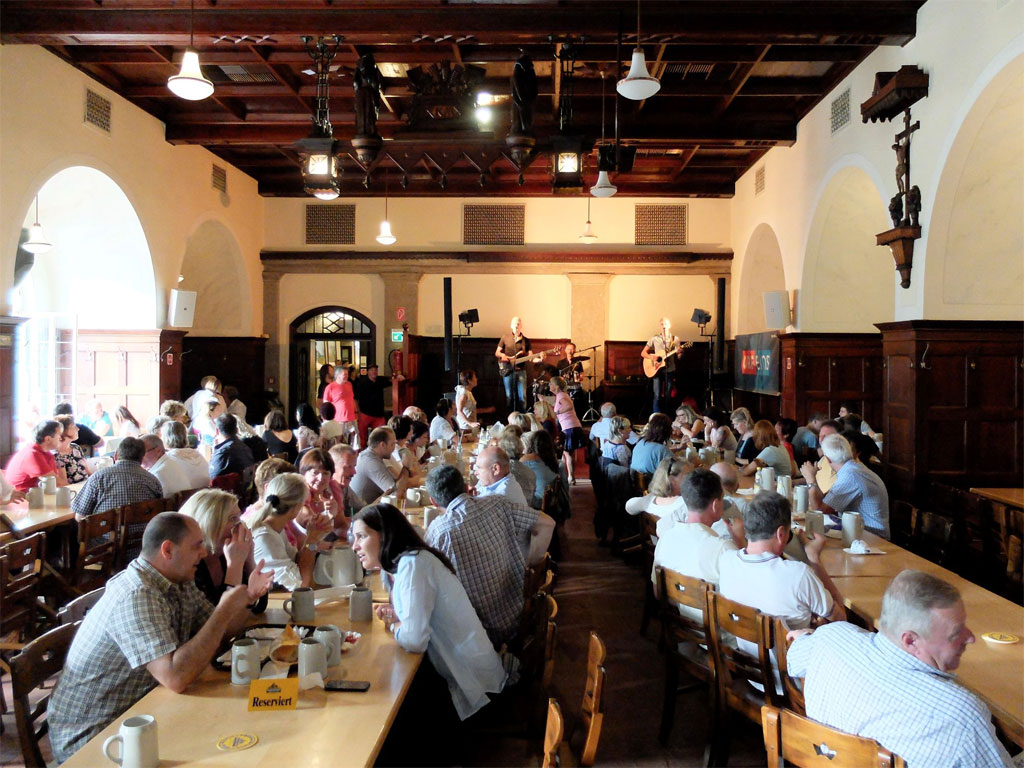
In the warm season of the year, the space of the pub expands due to the huge beer garden Augustiner Braustübl:
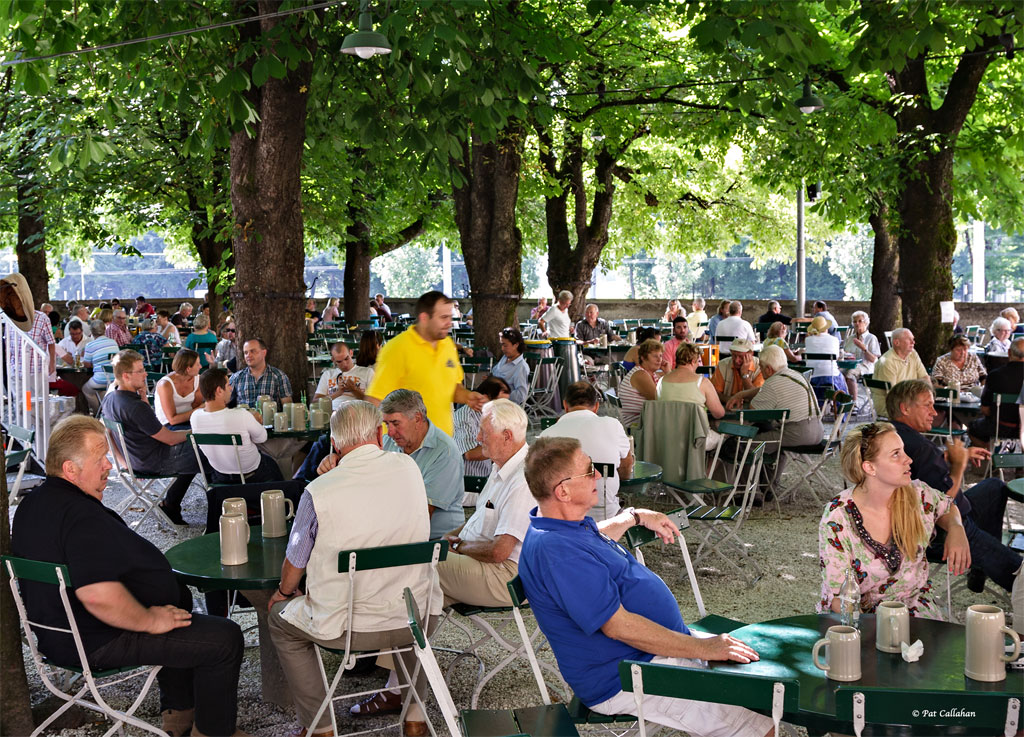
In conclusion
… We will talk about the courier structure in the Old City at 109 Alter Markt. Here is one of the narrowest houses in the world (the most-most narrow is located in London, another “record holder”-in Amsterdam, however, the difference is a plus minus 10 centimeters).
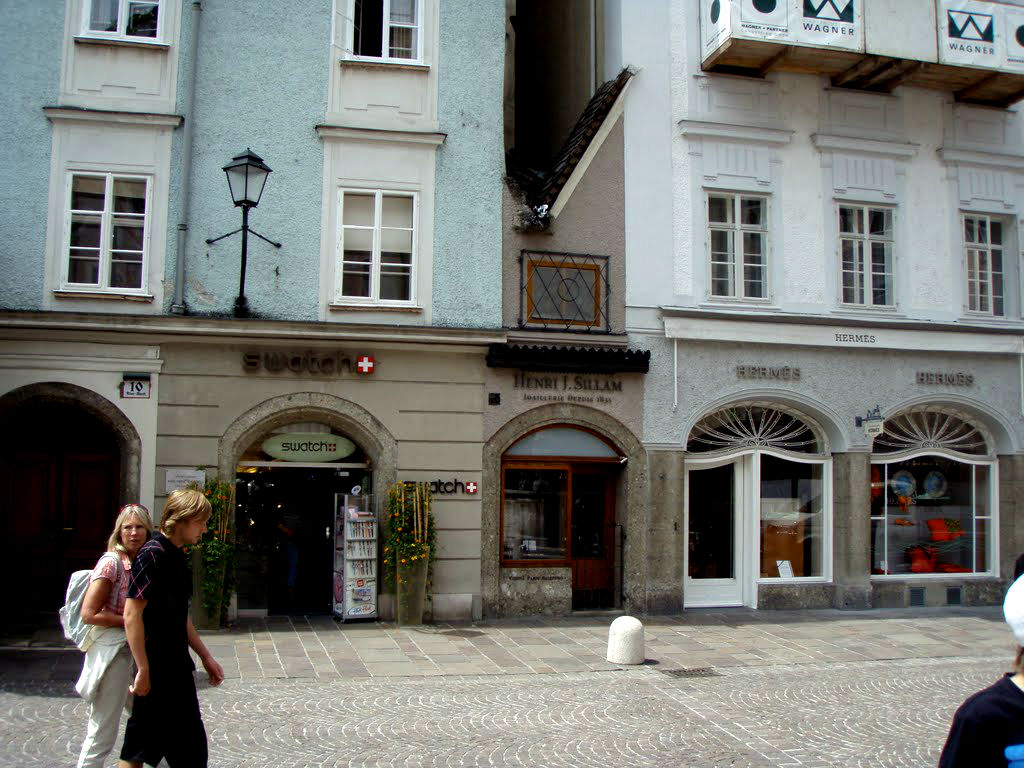
The legend says that once a poor young man fell in love with the daughter of the Salzburg rich man and asked her hands. The father set a condition: the applicant will receive a blessing only if he builds a house in the city center. And the young man, having mobilized all the resources, managed to pay for the construction of a half -story house with a facade width of less than 1.5 meters.
On this touching note, we will finish the conversation about Salzburg.

Read on:
Where to ski in Europe budget
How to save when booking a hotel
Drink beer, go to the Pinakotek, visit the BMW museum: how to spend the weekend in Munich

